Home>Interior Design>How To Get Rid Of Bed Bugs: Banish These Invaders From Your Home
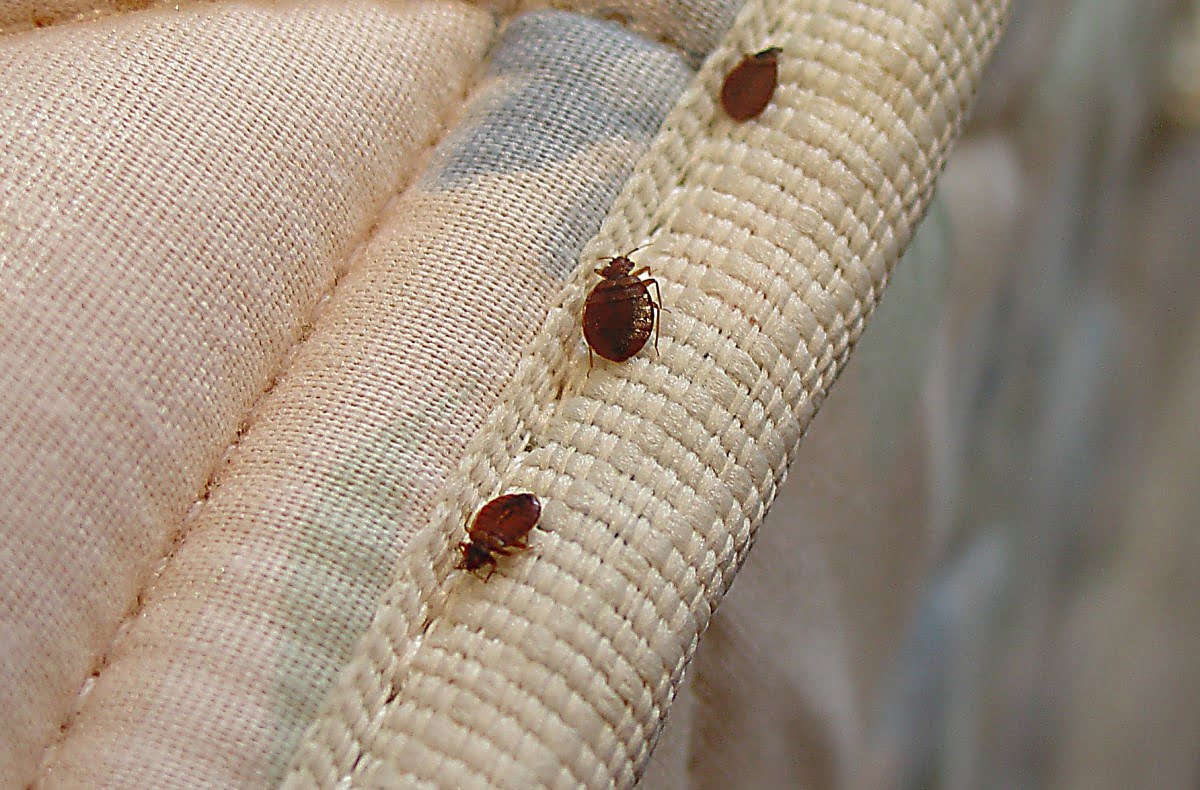

Interior Design
How To Get Rid Of Bed Bugs: Banish These Invaders From Your Home
Modified: August 30, 2024
Learn effective interior design tips to transform your home. Discover how to banish bed bugs and create a bug-free environment.
(Many of the links in this article redirect to a specific reviewed product. Your purchase of these products through affiliate links helps to generate commission for Storables.com, at no extra cost. Learn more)
Introduction
Welcome to our comprehensive guide on how to get rid of bed bugs and banish these invaders from your home. Bed bugs are tiny, flat, brown insects that feed on the blood of humans and animals. While they are not known to spread diseases, their presence can cause discomfort and anxiety. Bed bug infestations can quickly escalate and become a major nuisance.
Understanding the habits and behavior of bed bugs is crucial in effectively tackling the problem. They are adept at hiding in crevices, mattresses, and furniture, making them difficult to eliminate. This guide will provide you with valuable information on identifying signs of bed bug infestation, preparing your home for treatment, exploring both non-chemical and chemical treatment options, and working with pest control professionals to eradicate bed bugs.
Dealing with bed bugs can be a frustrating and time-consuming process, but with the right approach and knowledge, you can regain control of your home and enjoy a peaceful, bed bug-free environment once again. Let’s dive in and discover the most effective strategies for eliminating bed bugs from your home.
Key Takeaways:
- Don’t let bed bugs take over your home. Learn to identify signs of infestation, prepare your space, and utilize non-chemical and chemical treatments for effective eradication.
- Seek professional help for integrated pest management and long-term solutions. Prevent future infestations by inspecting second-hand items, maintaining cleanliness, and being cautious while traveling.
Read more: How To Get Rid Of Bed Bugs From A Mattress
Understanding Bed Bugs
Before we delve into the methods of getting rid of bed bugs, it’s important to have a solid understanding of these pests. Bed bugs are small wingless insects that belong to the family Cimicidae. Despite their name, they are not confined to beds but can be found in various areas of your home, including furniture, electrical outlets, and even behind wallpaper.
Bed bugs are nocturnal creatures, meaning they are most active during the night. They feed on human and animal blood, piercing the skin with their proboscis and injecting saliva that contains an anesthetic, making their bites often painless. While they primarily target sleeping individuals, bed bugs can adapt to feed at other times if necessary.
Their flat, oval-shaped bodies allow them to easily hide in cracks and crevices, making it challenging to locate and eliminate them. They are masters of disguise and can be as small as a pinhead, making detection even more difficult.
Bed bugs reproduce rapidly, with females laying hundreds of eggs over their lifespan. These eggs are tiny, approximately the size of a grain of sand, and are often hidden in dark, protected areas. They go through several nymph stages before reaching adulthood, and each stage requires a blood meal to molt and progress to the next stage.
Contrary to popular belief, bed bugs are not attracted to dirty environments. They are primarily attracted to warmth and the carbon dioxide emitted by humans during breathing. This means that even the cleanest homes can fall victim to a bed bug infestation.
It’s important to note that bed bug infestations can happen to anyone, regardless of their socioeconomic status. They can be inadvertently introduced into your home through travel, second-hand furniture, or visiting infested areas, such as hotels or public transportation.
Now that we have a basic understanding of these persistent pests, let’s move on to learning how to identify signs of a bed bug infestation in your home.
Signs of Bed Bug Infestation
Identifying signs of a bed bug infestation is crucial for prompt action and effective treatment. While bed bugs are tiny and adept at hiding, they leave behind several telltale signs that can help you determine if you have a problem. Here are some common signs to look out for:
- Bites and Skin Reactions: Bed bug bites often appear as small, red, itchy welts on the skin. However, it’s important to note that not everyone reacts to bed bug bites, so it’s not a foolproof indicator. If you wake up with unexplained bites, especially in a linear pattern, it may be a sign of a bed bug infestation.
- Dark Stains on Mattresses and Furniture: Bed bugs leave behind dark, rusty stains on mattresses, sheets, and furniture. These stains are often a result of bed bug excrement and can be found near their hiding places.
- Shed Skins and Egg Casings: As bed bugs molt and progress through their nymph stages, they shed their skins. These discarded exoskeletons can often be found in areas where bed bugs hide, such as mattress seams, furniture cracks, or behind picture frames. Additionally, you may come across bed bug egg casings, which are small and pale in color.
- Sweet, Musty Odor: Some people describe the scent of a bed bug infestation as sweet or musty. If you notice an unusual odor in your bedroom or other areas of your home, it could be a sign of a bed bug infestation.
- Visible Bed Bugs: In more severe infestations, you may actually see live bed bugs crawling on your mattress, furniture, or walls. These pests are about the size of an apple seed, with a flat, oval-shaped body and a reddish-brown color.
It’s important to thoroughly inspect your sleeping areas, including mattresses, box springs, bed frames, and headboards, for any signs of a bed bug infestation. Don’t limit your search to the bedroom; check upholstered furniture, curtains, and electrical outlets as well. If you suspect a bed bug infestation, it’s best to take action immediately to prevent the problem from worsening.
Next, let’s explore the necessary preparations before treating your home for bed bugs.
Preparation before Treatment
Before you begin the process of treating your home for a bed bug infestation, it’s important to properly prepare the affected areas. Following these steps will help to maximize the effectiveness of your treatment and minimize the chances of reinfestation.
- Declutter and Remove Clutter: Remove any unnecessary clutter from the affected areas, such as clothing, toys, and other items. This will make it easier to treat and inspect the space thoroughly.
- Wash and Dry Bedding: Remove all bedding – including sheets, pillowcases, and mattress covers – and launder them on a high heat setting. Bed bugs are susceptible to high temperatures, so this step will help eliminate any bugs or eggs that may be present.
- Vacuum Thoroughly: Use a vacuum cleaner with a HEPA filter to vacuum all surfaces, including mattresses, box springs, furniture, and carpets. Pay special attention to seams, crevices, and cracks where bed bugs may be hiding. After vacuuming, empty the contents of the vacuum into a sealed plastic bag and dispose of it outside your home.
- Seal Cracks and Crevices: Use caulk or sealant to fill in any cracks, crevices, or gaps in walls, baseboards, and furniture. This will help prevent bed bugs from hiding in these areas and make it easier to detect them during treatment.
- Encase Mattresses and Box Springs: Invest in high-quality, bed bug-proof mattress and box spring encasements. These protective covers prevent bed bugs from entering or escaping and make it easier to detect and eliminate them. Make sure to choose encasements that are specifically designed to keep bed bugs out.
- Remove Excess Clutter: Sort through items that cannot be laundered or treated, such as books, magazines, and stuffed animals. Seal these items in plastic bags and store them in a secure area away from the treatment zone.
- Inform Neighbors: If you live in an apartment building or attached homes, it’s a good idea to inform your neighbors about the bed bug infestation. This will allow them to take the necessary precautions to prevent the spread of bed bugs.
Proper preparation is essential in the fight against bed bugs. By following these steps, you’ll create an environment that is conducive to effective treatment and long-term eradication of these pests. Now, let’s explore non-chemical treatment options.
Non-Chemical Treatments
Non-chemical treatments for bed bug infestations can be effective in eliminating these pests without the use of pesticides. These methods focus on physical strategies to control and eradicate bed bugs. Here are some non-chemical treatments that you can consider:
- Heat Treatment: Bed bugs are highly sensitive to heat, so utilizing heat treatment can be an effective non-chemical option. This involves using a steamer or a specialized bed bug heat treatment equipment to heat infested areas to a temperature that is lethal to bed bugs. It’s important to reach all areas where bed bugs may be hiding, including cracks, crevices, and furniture.
- Vacuuming: Regular vacuuming can help remove bed bugs and their eggs from your home. Use a vacuum cleaner with a HEPA filter to ensure that the captured bed bugs are trapped inside the vacuum. After vacuuming, immediately seal and dispose of the vacuum bag outside your home to prevent reinfestation.
- Hot Water Laundering: Washing infested clothing, bedding, and other washable items in hot water can kill bed bugs and their eggs. Use the highest heat setting recommended for the fabric and dry the items on high heat as well. Be sure to handle infested items with care to avoid spreading bed bugs to other areas of your home.
- Steam Treatment: Steam treatment involves using a steam cleaner to deliver high-temperature steam to infested areas. The heat from the steam kills bed bugs and their eggs. Be sure to use a steam cleaner specifically designed for bed bug treatment, as not all steam cleaners generate the necessary temperature to be effective.
- Encasements: As mentioned earlier, using bed bug-proof mattress and box spring encasements can help trap bed bugs and prevent them from feeding or escaping. This method does not kill the bed bugs but acts as a control measure to prevent them from infesting your sleeping areas further.
- Freezing: Extreme cold temperatures can also kill bed bugs. If possible, you can expose infested items to freezing temperatures below 0 degrees Fahrenheit (-18 degrees Celsius) for several days. This method is best suited for smaller items that can fit into a freezer.
It’s important to note that while these non-chemical treatments can be effective, they may not completely eliminate a severe bed bug infestation on their own. Combining non-chemical treatments with other methods or seeking professional help may be necessary for more severe cases. Now, let’s explore chemical treatments for bed bug eradication.
Vacuum and steam clean your mattress, furniture, and carpets regularly to eliminate bed bugs and their eggs. Wash bedding and clothing in hot water and dry on high heat to kill any remaining bugs.
Read more: How To Get Rid Of Bed Bugs
Chemical Treatments
Chemical treatments are often used in conjunction with non-chemical methods to effectively eliminate bed bug infestations. These treatments involve the application of pesticides to targeted areas where bed bugs hide. It’s important to follow the instructions and safety guidelines carefully when using chemical treatments. Here are some commonly used chemical treatments for bed bug eradication:
- Insecticides: Insecticide sprays or dusts containing specific chemicals are commonly used to kill bed bugs. These can be applied to cracks, crevices, mattress seams, and other areas where bed bugs are likely to hide. It’s important to choose insecticides that are labeled for bed bug control and follow the instructions on the product carefully. Keep in mind that bed bugs have developed resistance to certain insecticides, so it may be necessary to rotate between different products or use a combination of chemicals.
- Insecticide Dusts: Dust formulations containing insecticides can be applied to infested areas to kill bed bugs. The dust particles adhere to the bugs’ bodies, leading to their eventual demise. These dusts are often applied to cracks, crevices, and voids where bed bugs are likely to hide. It’s important to wear protective gear, such as gloves and a dust mask, when applying insecticide dusts.
- Fumigation: Fumigation involves the use of specialized equipment to release a pesticide gas into an enclosed space. This method is not typically used for individual homes, but rather for larger-scale infestations or in certain commercial settings. Fumigation should only be carried out by licensed professionals due to the complexity and safety concerns involved.
- Residual Sprays: Residual insecticide sprays create a long-lasting barrier that kills bed bugs as they come into contact with treated surfaces. These sprays are often used on baseboards, furniture, and other areas where bed bugs travel. It’s important to reapply these sprays according to the product label instructions to maintain their effectiveness.
- Aerosol Sprays: Aerosol sprays can be used to target individual bed bugs or to treat small infestations. They are quick and convenient to use, but should be applied directly to the bugs and their hiding places for maximum effectiveness.
When using chemical treatments, it’s important to prioritize safety. Follow all instructions on the product label, wear protective gear, ensure proper ventilation, and keep children and pets away from treated areas. If you’re unsure about using chemical treatments or have concerns about their potential health risks, it’s best to consult with a pest control professional who can guide you through the process. In the next section, we’ll discuss working with pest control professionals for bed bug eradication.
Working with Pest Control Professionals
Dealing with a bed bug infestation can be overwhelming, especially if it’s a severe or persistent problem. In such cases, seeking the help of a professional pest control company can provide you with the expertise and resources needed to effectively eliminate bed bugs. Here are key reasons why working with pest control professionals can be beneficial:
- Experience and Expertise: Pest control professionals have the knowledge and experience to accurately identify and assess the extent of a bed bug infestation. They can tailor a treatment plan specific to your situation and utilize the most effective methods and products to eradicate bed bugs.
- Integrated Pest Management: Professional pest control companies often follow an integrated pest management (IPM) approach. This approach combines various methods, including non-chemical and chemical treatments, to provide long-term solutions for bed bug control. Pest control professionals can evaluate the underlying causes of the infestation and recommend preventative measures to minimize the risk of future bed bug problems.
- Safe and Effective Treatment: Pest control professionals have access to professional-grade insecticides and equipment that may not be available to the general public. They are trained in the proper application of these treatments and follow strict safety guidelines to protect you, your family, and the environment. Professional treatments are often more potent and targeted, leading to more efficient eradication of bed bugs.
- Thorough Inspection and Monitoring: Pest control professionals have the tools and expertise to thoroughly inspect your home for bed bugs, even in hard-to-reach areas. They can also implement monitoring devices to track the presence of bed bugs and assess the effectiveness of the treatment over time.
- Financial and Time Considerations: While professional pest control services come at a cost, they can save you valuable time and money in the long run. DIY treatments may not always be effective, leading to repeated infestations and additional expenses. Professional exterminators can provide a more efficient and lasting solution, minimizing the need for multiple treatments.
- Educational Resources and Guidance: Pest control professionals can educate you on bed bug prevention and offer guidance on how to safeguard your home against future infestations. They can provide tips on early detection, proper maintenance, and proactive measures to help you maintain a bed bug-free environment.
When selecting a pest control company, be sure to choose a reputable and licensed provider. Ask for recommendations from friends or research online reviews to find a reliable and experienced company in your area. A thorough consultation and inspection should be conducted prior to any treatment, and make sure to discuss the costs, treatment plan, and any follow-up visits that may be necessary.
Remember, working with a pest control professional can give you peace of mind and increase the likelihood of a successful bed bug eradication. In our final section, we’ll explore preventive measures to help you avoid future bed bug infestations.
Preventing Bed Bug Infestations
Prevention is key when it comes to avoiding bed bug infestations. While it’s difficult to completely eliminate the risk, taking proactive measures can significantly reduce your chances of encountering these pests. Here are some preventive measures to help protect your home:
- Inspect Second-Hand Furniture: Before bringing any second-hand furniture into your home, thoroughly inspect it for signs of bed bugs. Pay close attention to seams, crevices, and cracks where bed bugs may hide. If possible, consider using a bed bug encasement on mattresses or furniture you bring into your home.
- Be Cautious While Traveling: Whether you’re staying at a hotel or visiting friends and family, be cautious about bringing bed bugs home with you. Inspect the mattress, headboard, and furniture in your hotel room for signs of infestation before unpacking your belongings. Keep your luggage off the floor and consider packing it in bed bug proof encasements for added protection.
- Regularly Launder and Dry Bedding: Washing and drying your bedding on high heat regularly can help kill any bed bugs or eggs that may be present. Be sure to check the care instructions for your specific bedding materials to ensure proper washing and drying temperatures.
- Seal Cracks and Crevices: Use caulk or sealant to seal any cracks, crevices, or gaps in your walls, baseboards, and furniture. This helps eliminate potential hiding spots for bed bugs and prevents them from migrating to other areas of your home.
- Use Protective Covers: Invest in bed bug-proof mattress and box spring encasements to prevent bed bugs from infesting these areas. These encasements create a physical barrier and make it easier to detect and eliminate any bed bugs that may already be present.
- Be Wary of Second-Hand Items: Avoid bringing used or discarded items, such as furniture or clothing, into your home without thoroughly inspecting them for bed bugs. Inspect and clean these items before introducing them to your living areas.
- Maintain a Clean and Clutter-Free Environment: Regularly clean and declutter your home, as clutter provides hiding spots for bed bugs. Vacuum your home frequently, paying attention to areas near beds, furniture, and baseboards. Dispose of the vacuum bag promptly to prevent any captured bed bugs from infesting other areas.
- Be Vigilant when Entertaining Guests: If you have guests staying in your home, encourage them to inspect their luggage and belongings for signs of bed bugs before their visit. Provide a clean and comfortable sleeping environment to minimize the risk of infestation.
Remember, prevention is the best defense against bed bugs. By implementing these preventive measures and maintaining a proactive mindset, you can reduce the likelihood of a bed bug infestation in your home. Stay vigilant and address any signs of bed bugs promptly to minimize their impact.
With the knowledge and strategies shared in this comprehensive guide, you are now well-equipped to tackle bed bug problems effectively. By understanding the behavior of bed bugs, identifying signs of infestation, preparing your home, and utilizing both non-chemical and chemical treatments, you can regain control of your living spaces and enjoy a peaceful, bed bug-free environment. Take the necessary steps to prevent infestations and seek professional help when needed for a successful bed bug management plan.
Conclusion
Bed bug infestations can be a frustrating and bothersome problem to deal with, but with the right knowledge and strategies, you can successfully get rid of these invasive pests in your home. Understanding the habits and behavior of bed bugs is crucial in identifying signs of infestation and taking prompt action. Preparing your home before treatment, whether through decluttering, washing bedding, or sealing cracks, sets the stage for effective eradication.
Non-chemical treatments such as heat treatment, vacuuming, and steam treatment provide alternative options for eliminating bed bugs without relying solely on pesticides. These methods target the bed bugs physically and can be effective when used consistently and thoroughly. Chemical treatments, on the other hand, offer potent solutions for more severe infestations, but should be used with caution and following the guidance of professionals to ensure safety and efficacy.
Speaking of professionals, working with pest control professionals not only provides expert knowledge and experience but also brings integrated pest management (IPM) strategies into play. Pest control professionals can assess the extent of the infestation, implement the most appropriate treatment methods, and offer guidance on preventing future infestations.
Prevention is key when it comes to bed bugs. Inspecting second-hand furniture, being cautious while traveling, regularly laundering bedding, and sealing cracks and crevices can significantly reduce the likelihood of bed bug infestations. Maintaining a clean and clutter-free environment, using protective covers, and being mindful of second-hand items can further safeguard your home against these bothersome pests.
Remember, tackling a bed bug infestation requires patience, persistence, and a proactive approach. By combining these approaches, you can effectively banish bed bugs from your home and create a space that is free from these invasive pests. Don’t hesitate to seek professional help if needed, as their expertise can be invaluable in achieving long-term elimination and prevention.
Now that you have the knowledge and strategies needed, you can confidently take control of your home and create an environment where bed bugs are no longer a concern. Good luck in your battle against bed bugs, and take comfort in knowing that a bed bug-free home is within reach!
Frequently Asked Questions about How To Get Rid Of Bed Bugs: Banish These Invaders From Your Home
Was this page helpful?
At Storables.com, we guarantee accurate and reliable information. Our content, validated by Expert Board Contributors, is crafted following stringent Editorial Policies. We're committed to providing you with well-researched, expert-backed insights for all your informational needs.
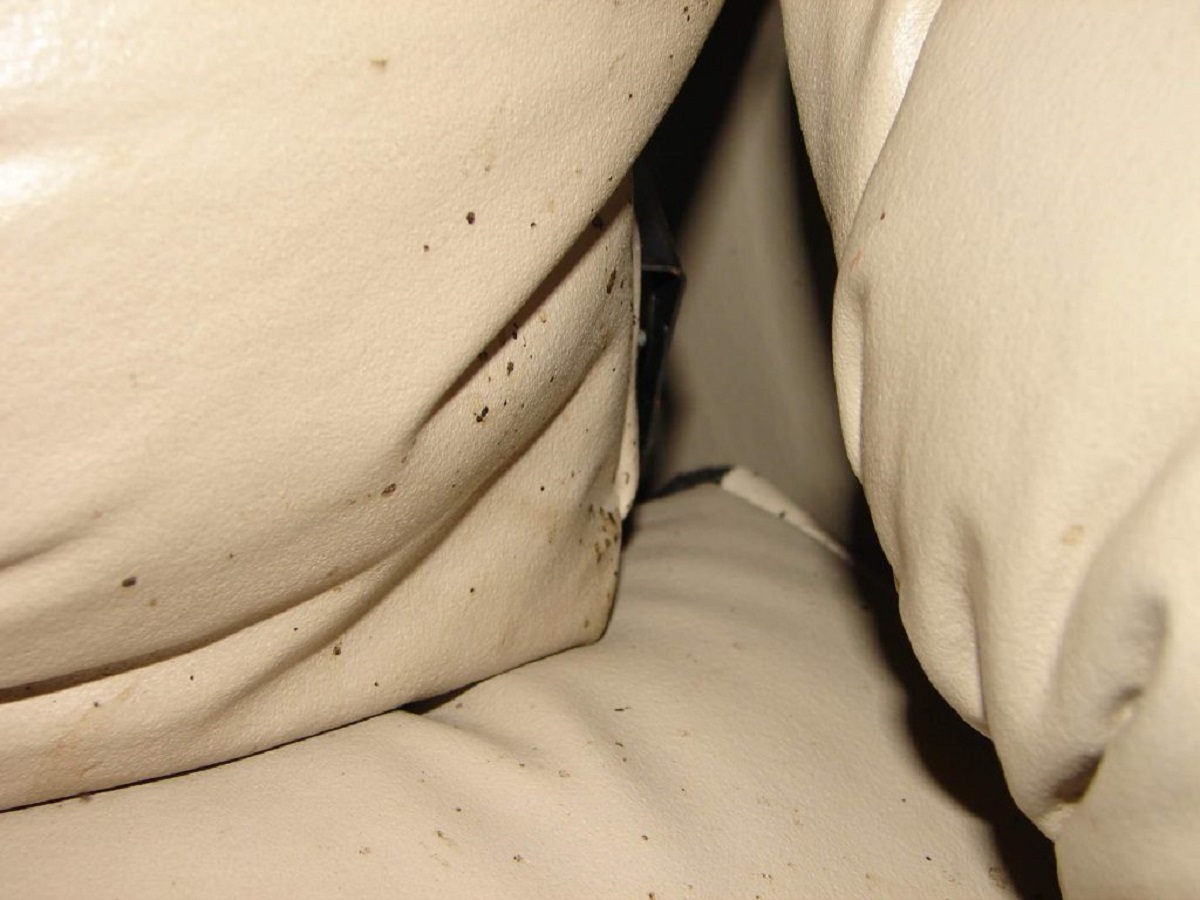
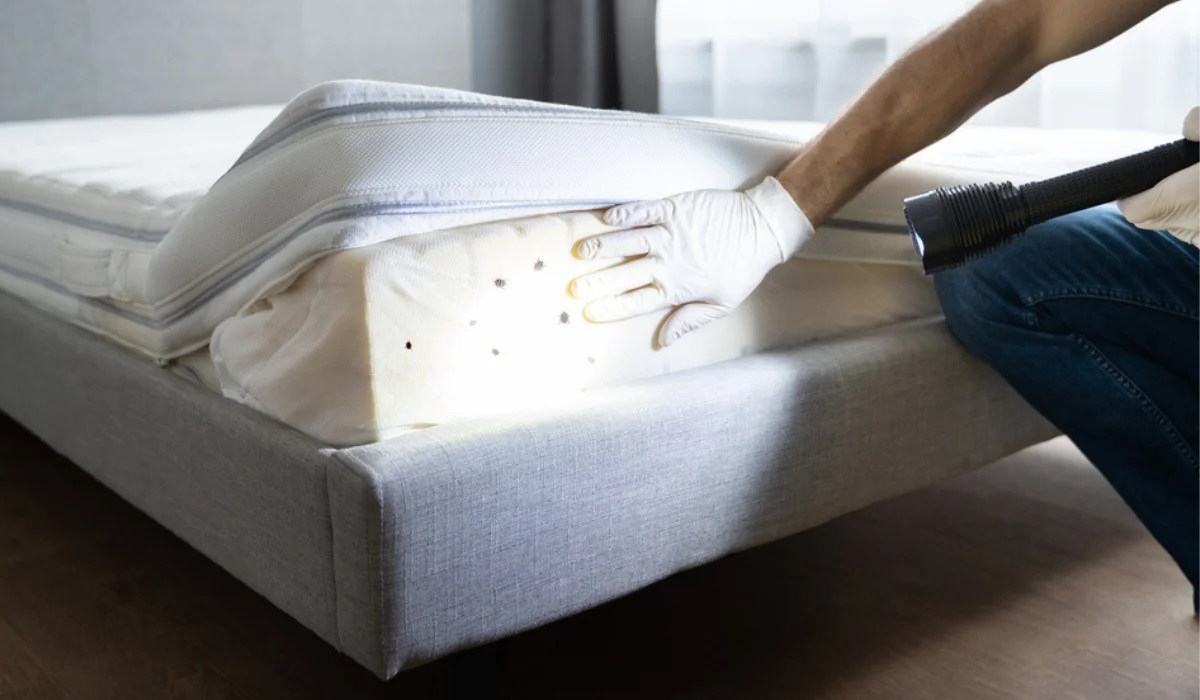

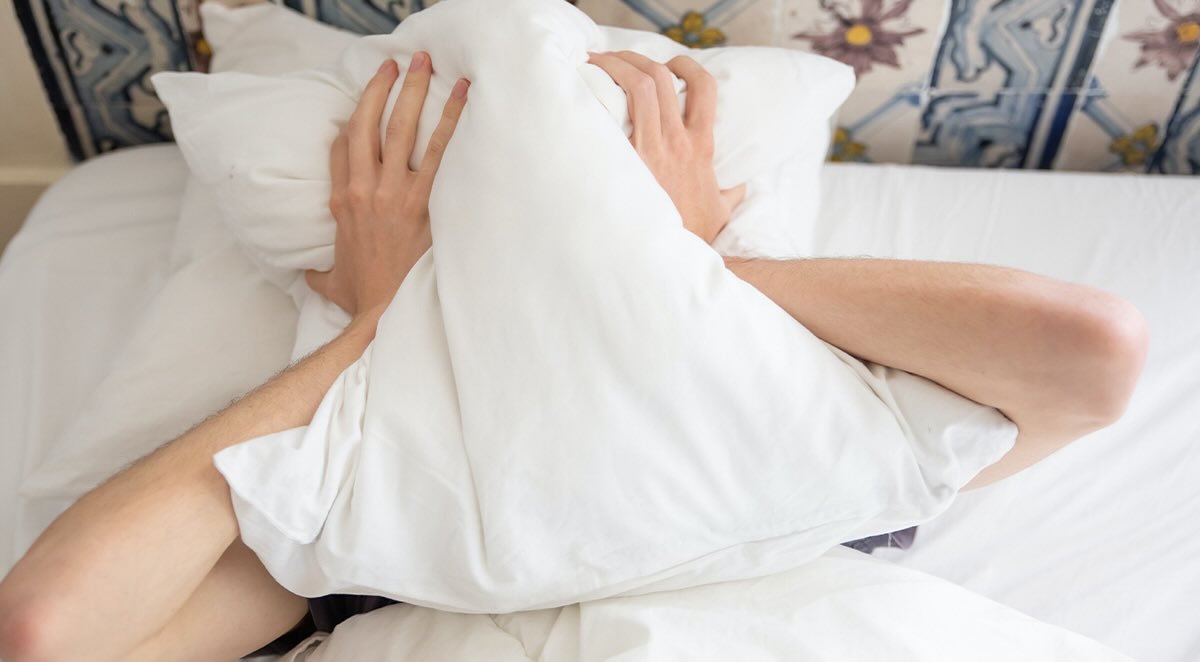
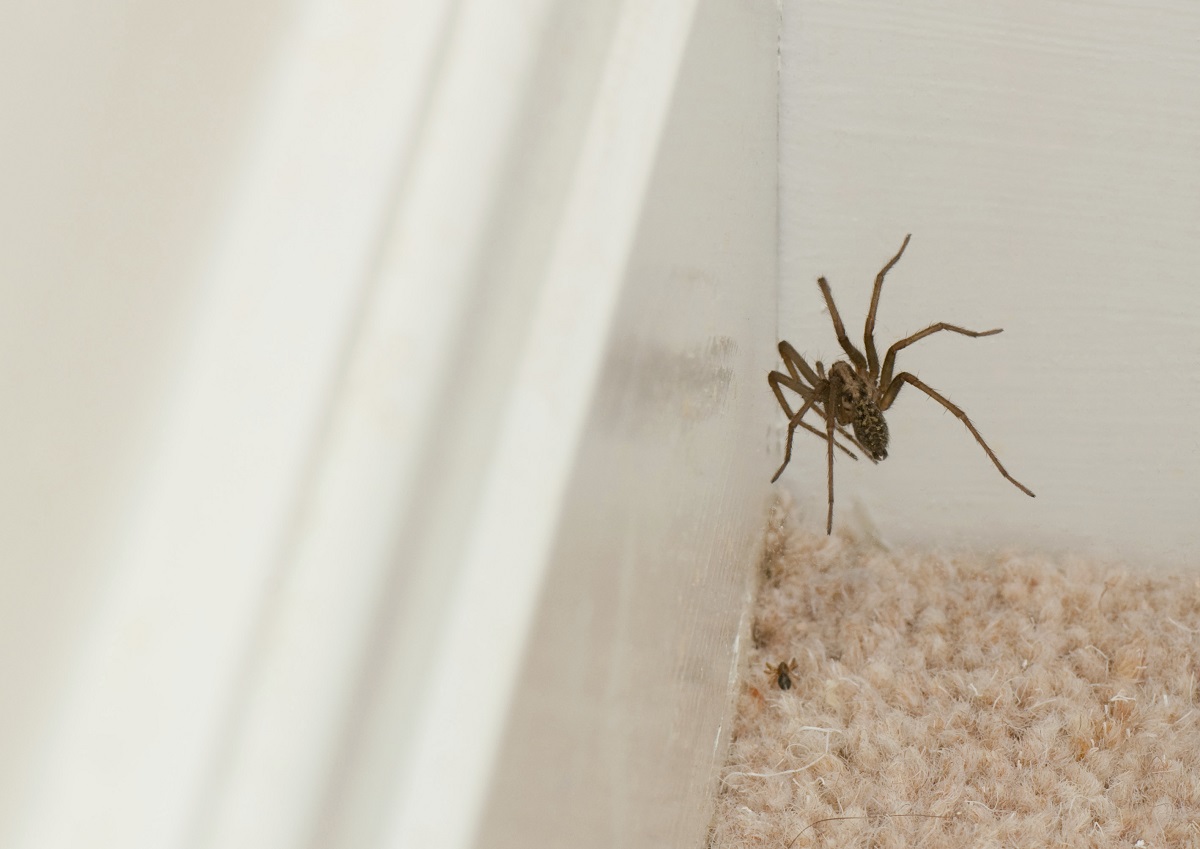
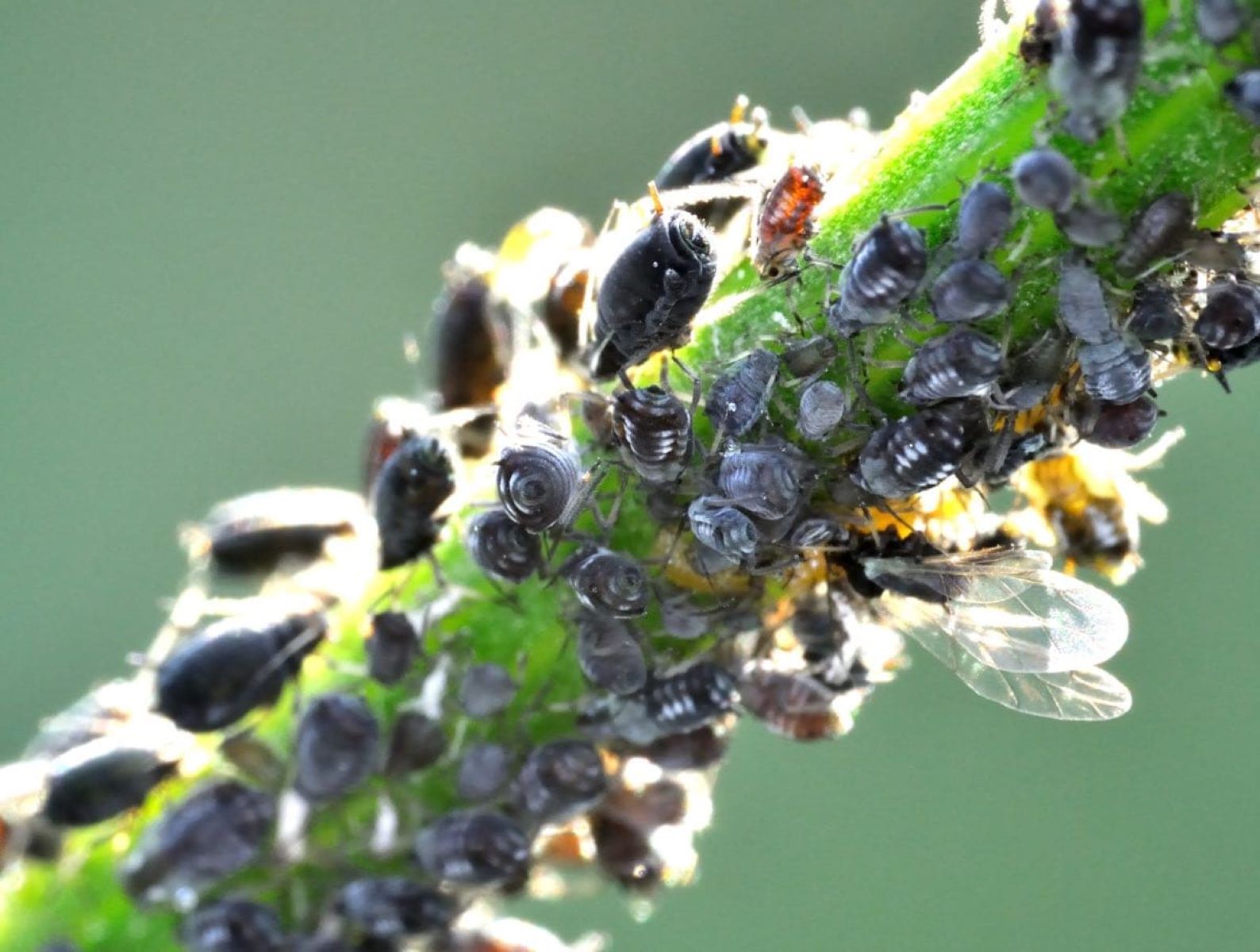
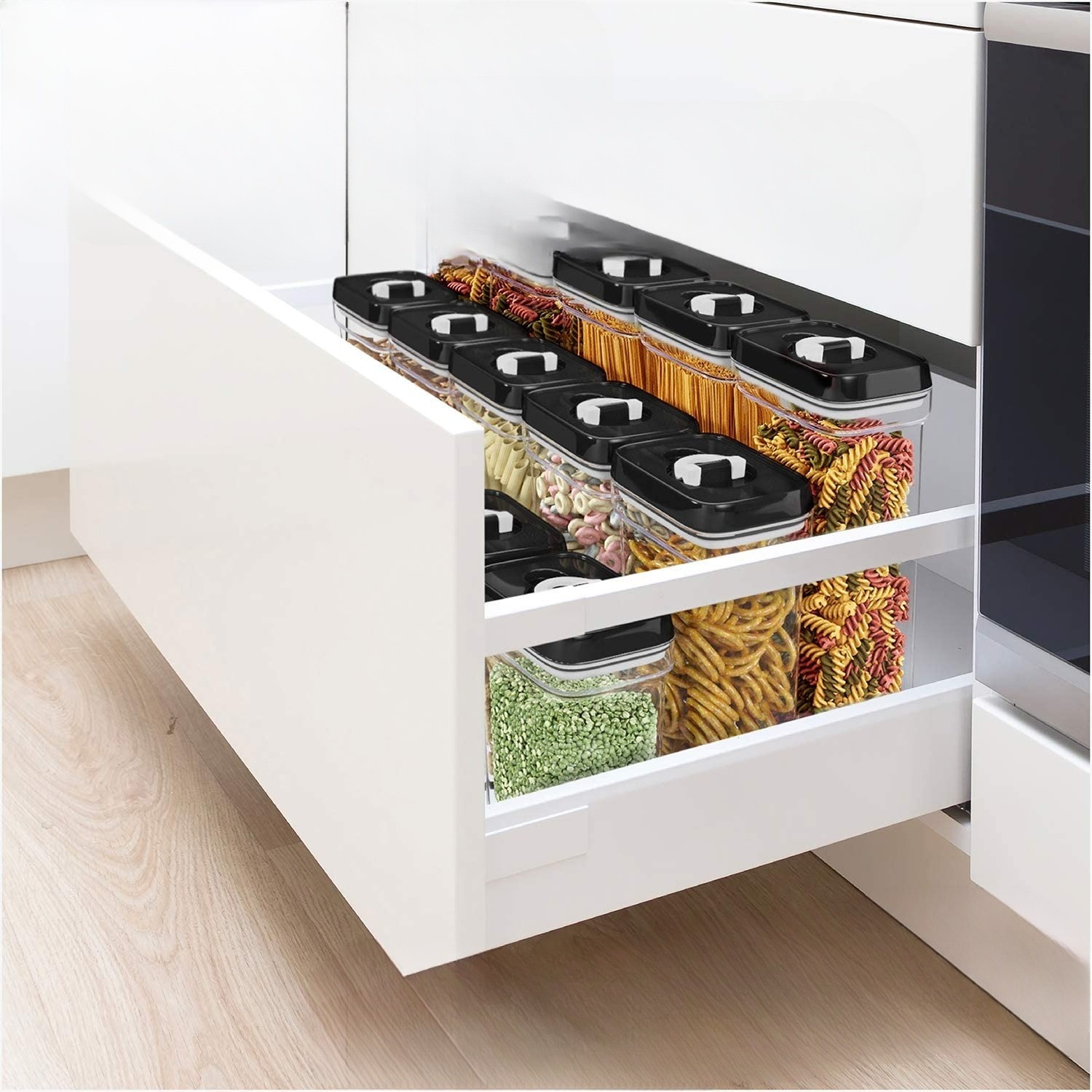
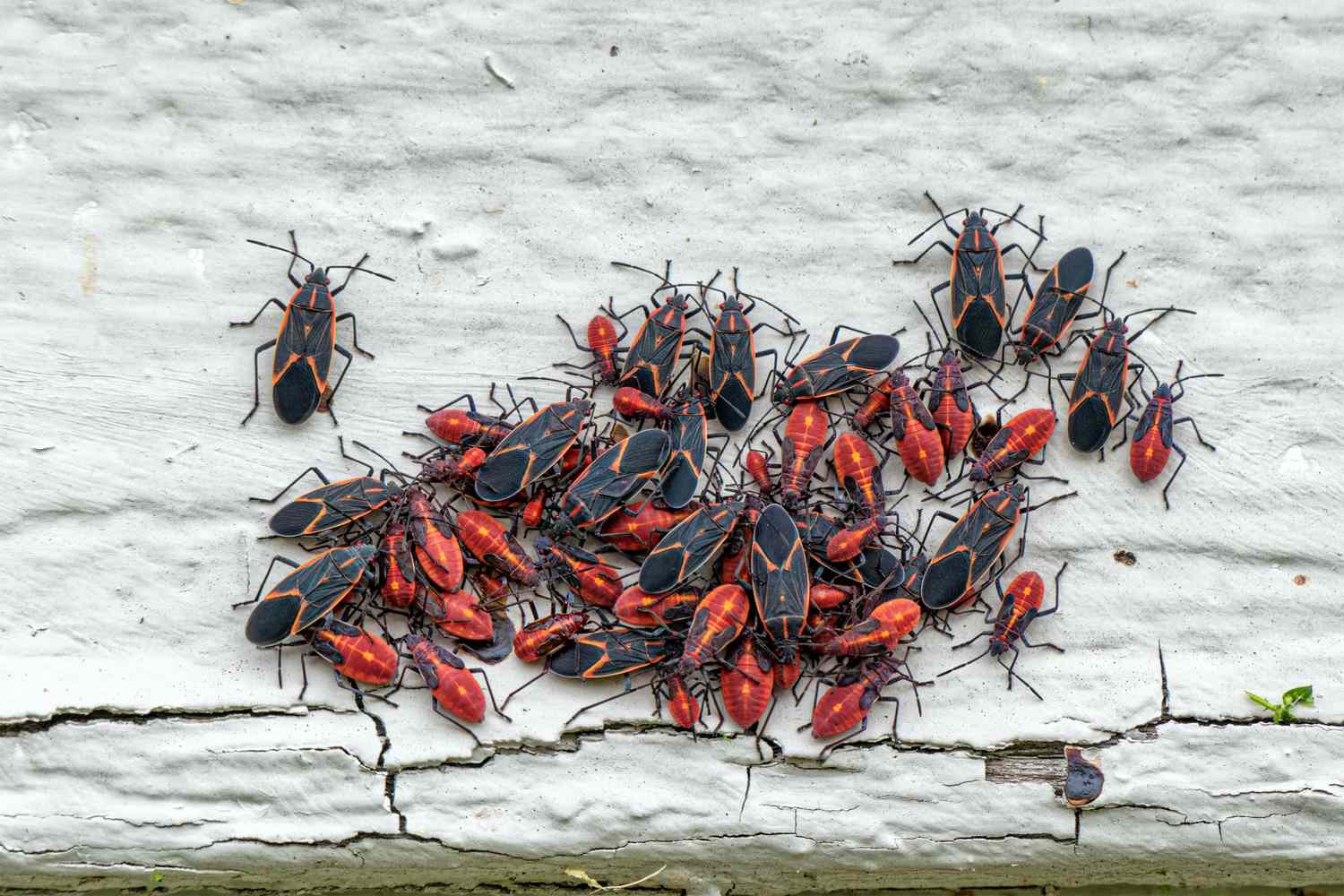
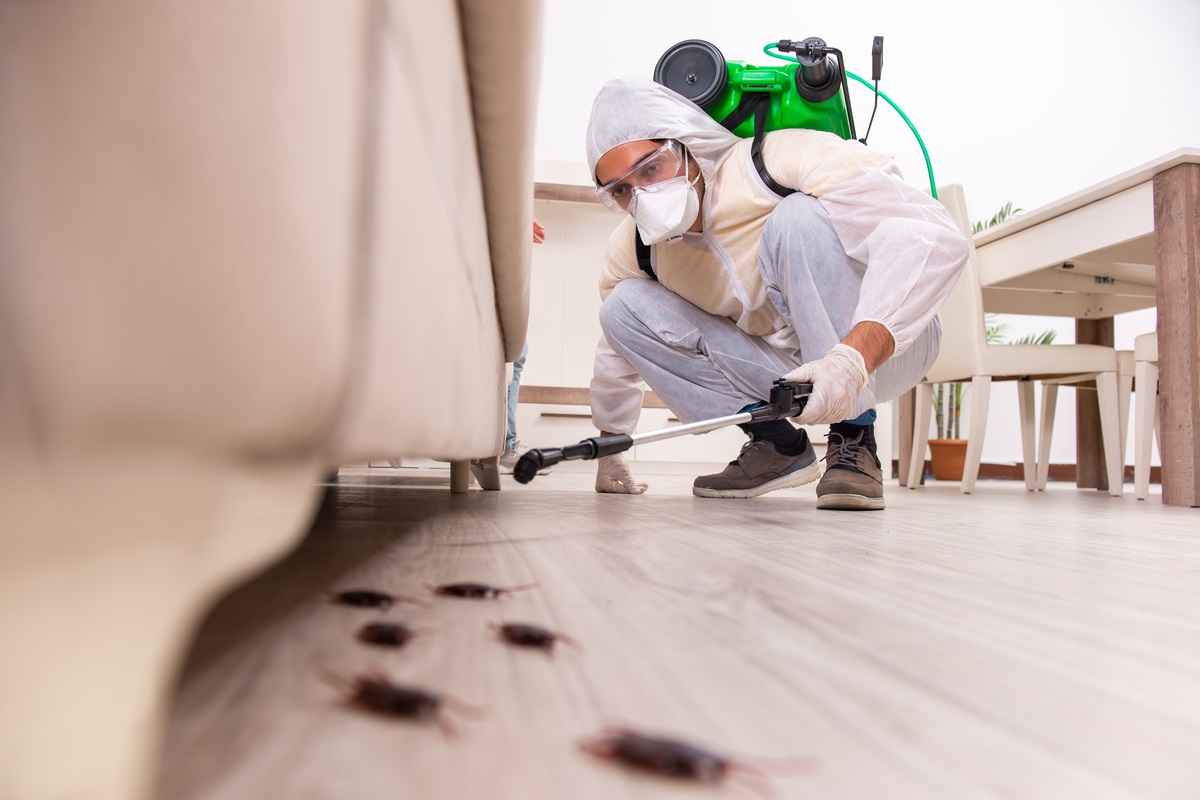
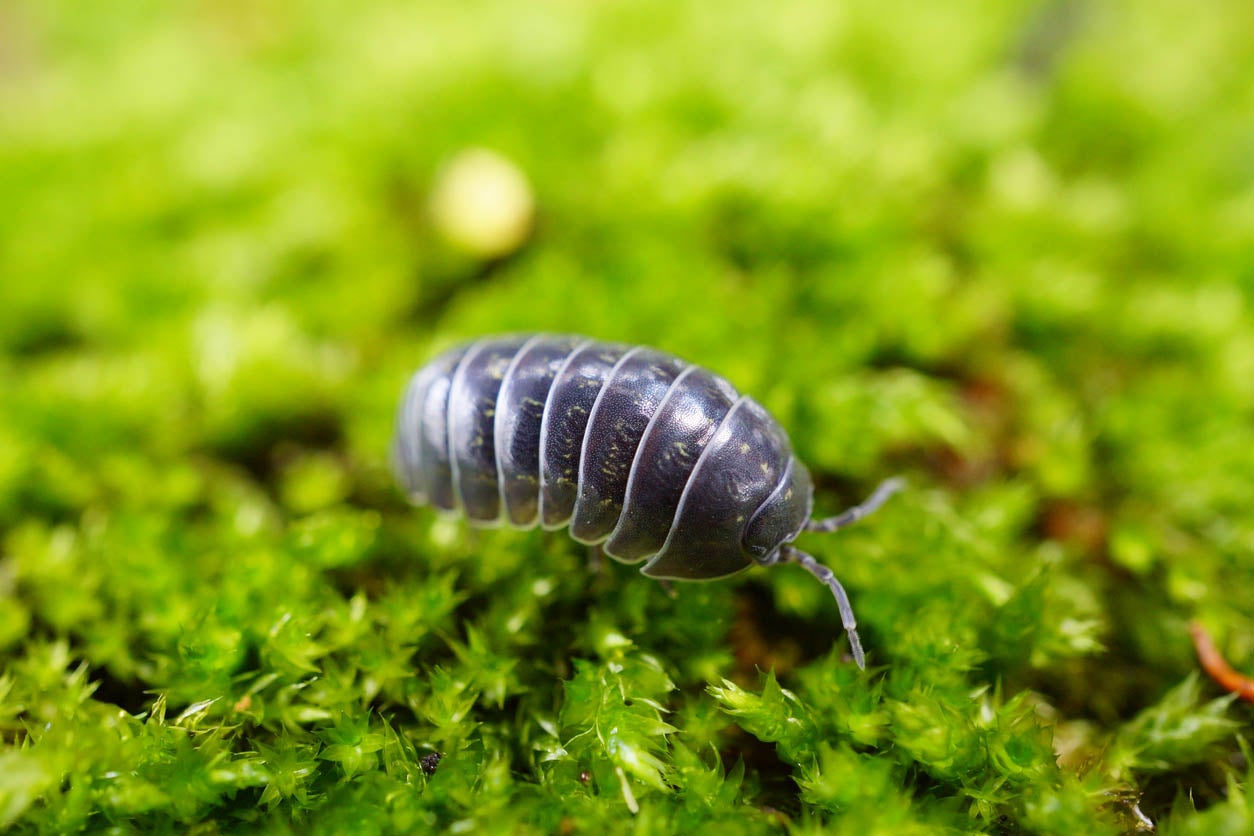
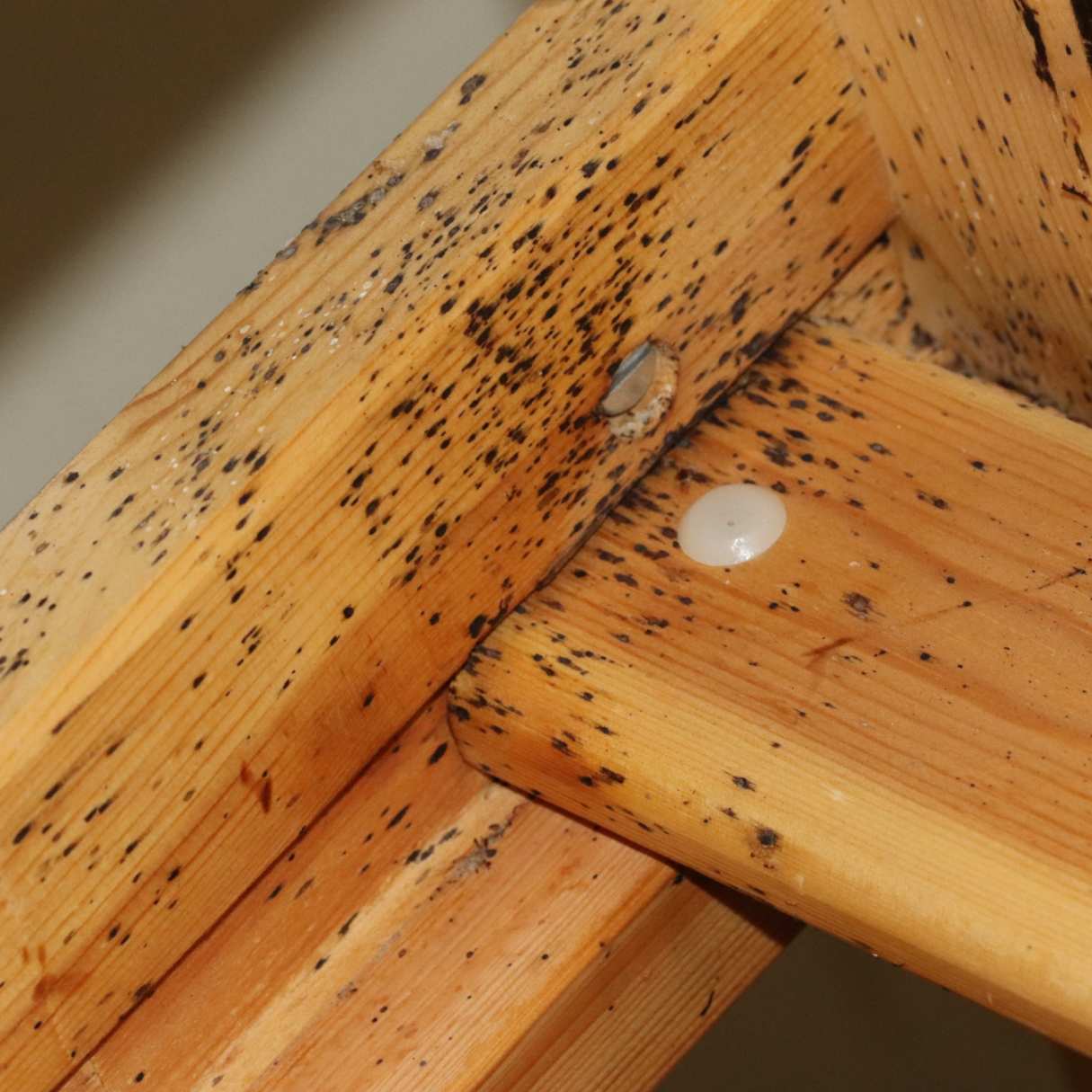

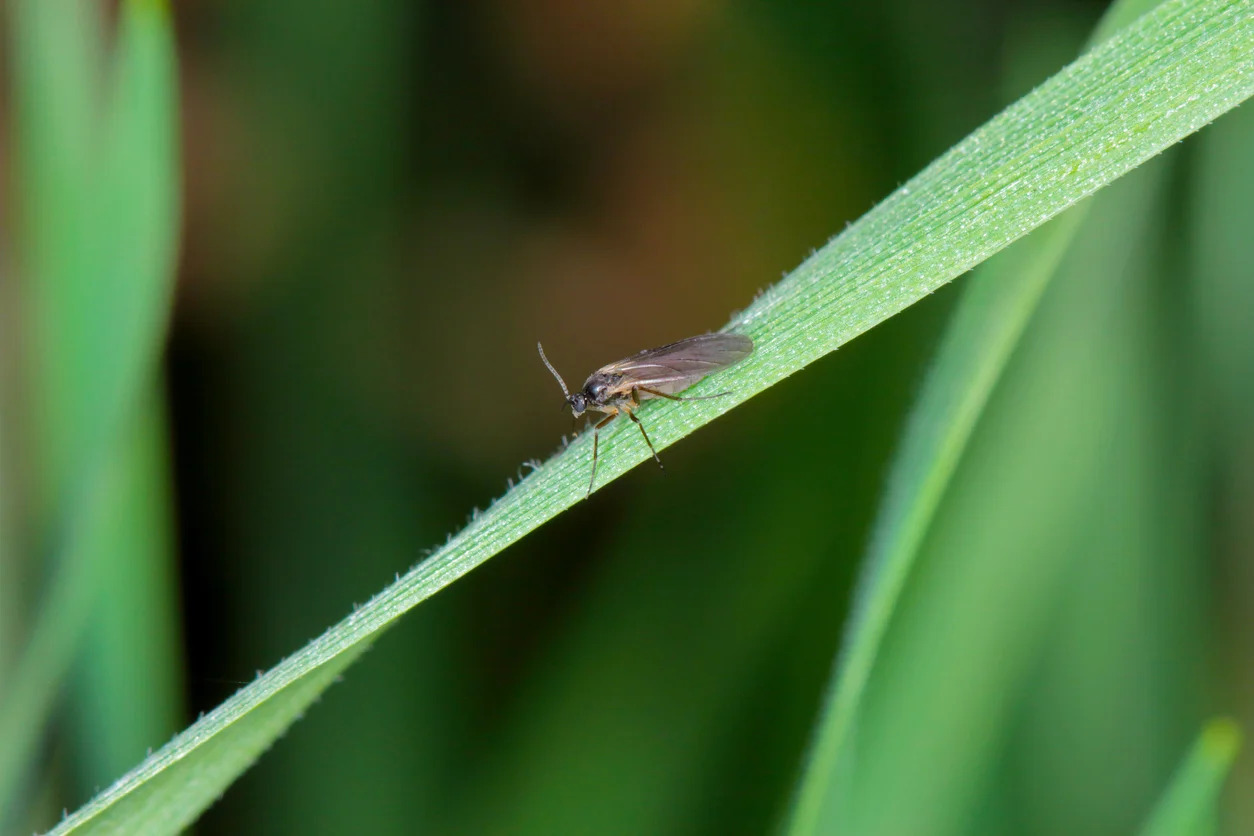
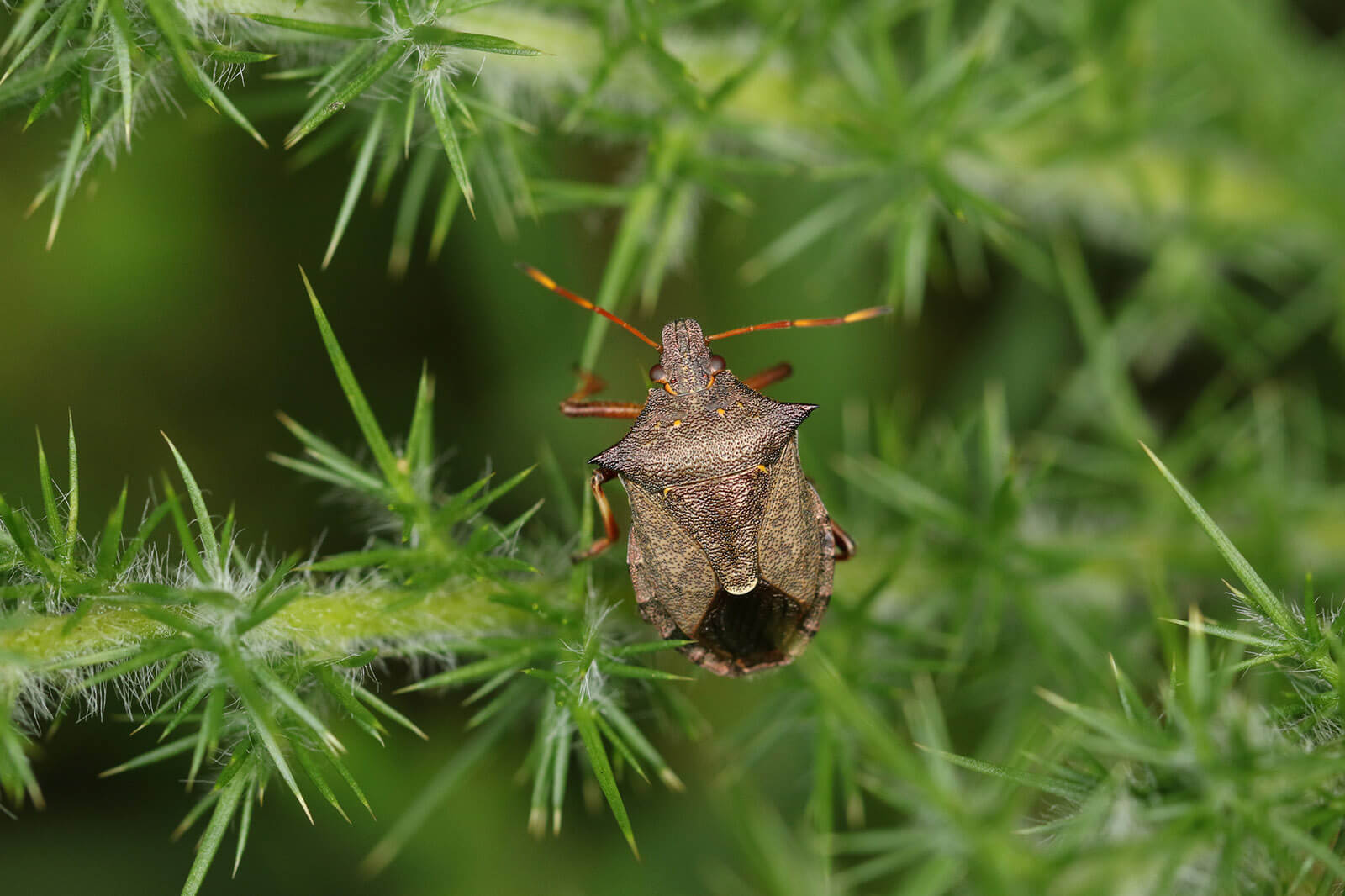

0 thoughts on “How To Get Rid Of Bed Bugs: Banish These Invaders From Your Home”